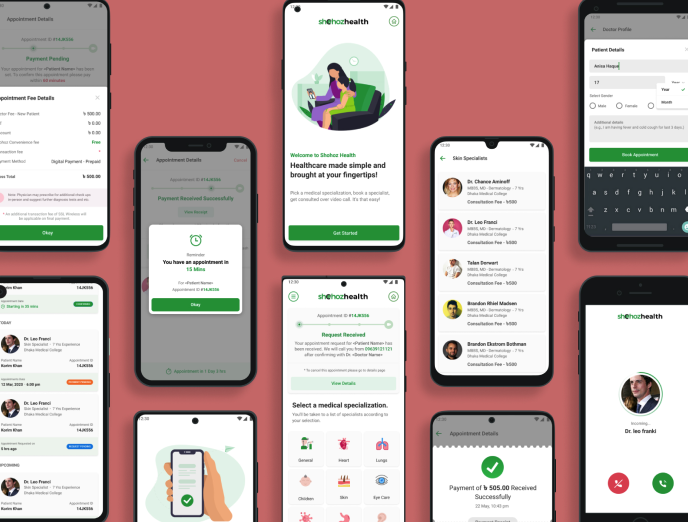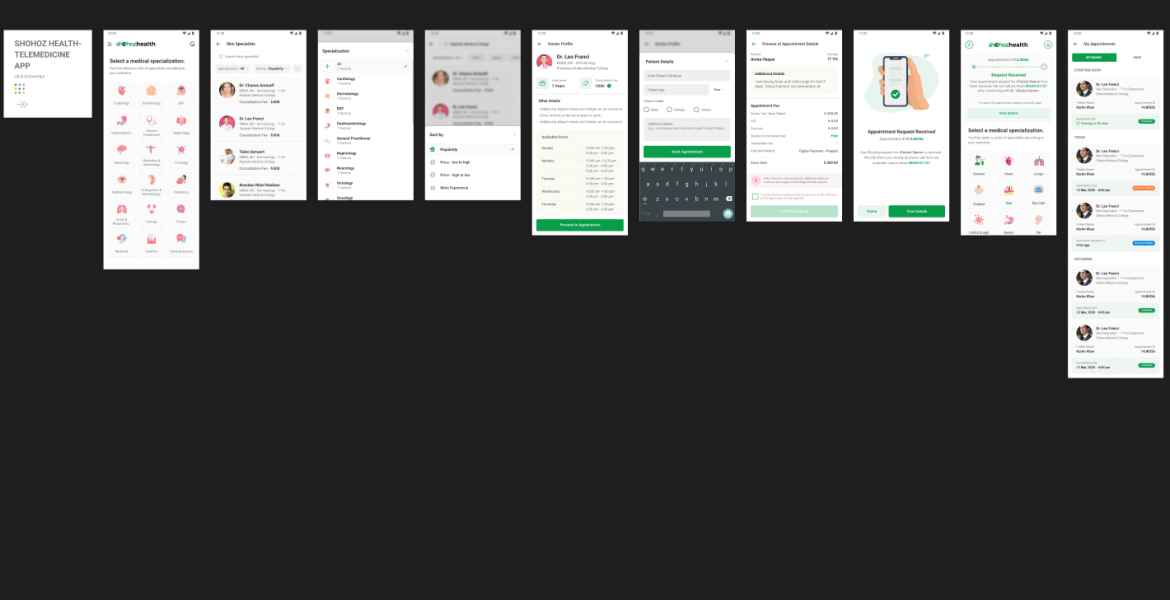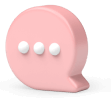About this Project
The rapid growth of telemedicine has transformed how patients access medical care remotely. This case study delves into the development of a telemedicine app for a prominent healthcare organization. The goal was to facilitate seamless remote medical consultations through user-friendly digital interfaces.
Company : Shohoz (BD)
Date : August, 2020
Category : UI & UX Design, Technology

Introduction
Telemedicine is a rapidly growing field that enables patients to access medical care remotely through the use of technology, such as videoconferencing and electronic health records. The development of telemedicine apps has been a key driver in the growth of this field, as they provide a convenient and accessible way for patients to connect with healthcare providers from the comfort of their own homes.
The telemedicine app that I will be discussing in this case study was developed for a large healthcare organization with a network of hospitals and clinics across the country. The goal of the app was to provide an easy and convenient way for patients to access medical care from their smartphones, reducing the need for in-person visits to the clinic or hospital.
Key Objectives
The UX and UI design process for the telemedicine app began with research and analysis. We conducted interviews with both healthcare providers and patients to understand their needs and pain points when it comes to accessing medical care. We also reviewed existing telemedicine apps on the market to identify best practices and areas for improvement.
Based on our research, we identified several key requirements for the telemedicine app. These included:
Ease of use: The app needed to be easy to use, with a intuitive and straightforward interface that would be accessible to people of all ages and tech-savviness.
Security and privacy: Given the sensitive nature of medical information, the app needed to have strong security and privacy measures in place to protect patient data.
Flexibility: The app needed to be flexible enough to accommodate different types of medical appointments, such as video consultations, phone consultations, and messaging.
Design Process
With these requirements in mind, we began the design process. We started by creating wireframes and prototypes to test and iterate on different design concepts. We worked closely with healthcare providers and patients to ensure that the app was intuitive and easy to use, and we conducted usability testing to identify any issues or areas for improvement.
The project began with comprehensive research involving interviews with healthcare providers and patients. Analysis of existing telemedicine apps also provided insights into best practices. The following stages ensued:
Wireframes and Prototypes: Crafting and iterating on design concepts, involving user collaboration for usability.
Development: Collaborating with developers to build the app and integrate it with existing healthcare systems.
Testing: Thorough testing ensured app stability and reliability before launch.
Once the app design was finalized, we moved on to the development phase. We worked with a team of developers to build the app and integrate it with the healthcare organization’s existing systems, such as electronic health records. We also conducted thorough testing to ensure that the app was stable and reliable.
Success Factors
One of the key benefits of the telemedicine app has been the convenience it provides to patients. With the app, patients can access medical care from anywhere, at any time, without the need to travel to a clinic or hospital. This is especially useful for patients with mobility issues or those who live in remote areas. The main benefits include:
Patient Access: The app offers accessibility to healthcare services regardless of location, catering to remote and mobility-challenged patients.
Provider Efficiency: Healthcare providers can efficiently manage patients remotely, enabling better patient follow-up care and more manageable workloads.
The app has also been well received by healthcare providers, who appreciate the ability to see more patients remotely and reduce the workload in their clinics. The app’s messaging and videoconferencing features have made it easier for providers to communicate with patients and provide follow-up care, leading to improved patient outcomes.
The emphasis on user experience (UX) and user interface (UI) design ensured the app met user needs seamlessly. Through careful research, collaboration, and iterative design, the telemedicine app proved to be an effective solution for patients and healthcare providers alike.
Overall, the telemedicine app has been a success, providing a convenient and accessible way for patients to access medical care and improving the efficiency and effectiveness of the healthcare organization’s services. The UX and UI design process played a critical role in this success, ensuring that the app was easy to use and met the needs of both healthcare providers and patients.
Design on Figma
Kindly access and review this project on the Figma platform


